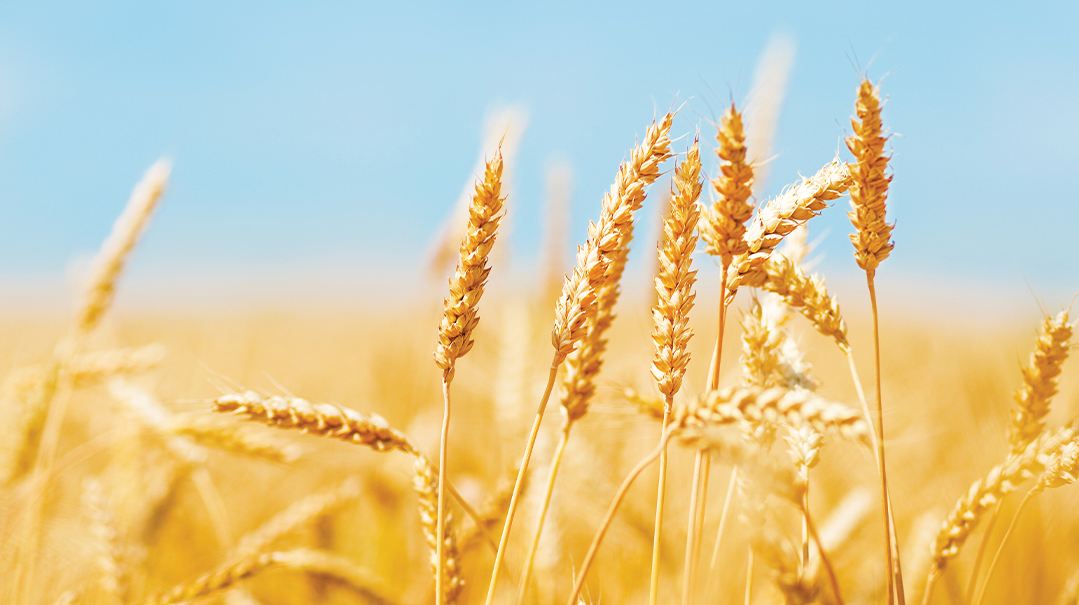Let’s Get Going: Megillas Rus
| June 2, 2014
How well do you know Megillas Rus? Sure, you’ve learned about it in school, but I bet some of the information below will surprise you. Like every megillah, there’s lots beneath the surface in this story that we read each Shavuos.
Ready?
Maseches Sofrim, a book written even before the Mishnah, records that many years ago, people used to read part of Megillas Rus on the first night of Shavuos and the rest of it on the second night. The Gemara, however, says that the minhag is to read the entire megillah on the first morning of Shavuos.
Why do we read Megillas Rus on Shavuos? Rav Eliyahu Ki Tov, in his Sefer HaToda’ah (The Book of Our Heritage), lists no fewer than six reasons:
1) To teach us that Torah can only be acquired through suffering
2) Because it took place at the time of the barley harvest, when Shavuos falls out
3) As a reminder that Bnei Yisrael received 606 mitzvos at Matan Torah, since 606 is the gematria of Rus
4) Because we were all geirim like Rus at Matan Torah
5) Because Shmuel Hanavi wrote Rus to teach us the lineage of Dovid Hamelech, her great-grandson, who was born and died on Shavuos
6) To teach us that the Torah shebiksav (Written Torah) must be accompanied by the Torah shebe’al peh (Oral Torah), since Megillas Rus teaches us that even though a man from Amon and Moav cannot marry into Klal Yisrael, a woman from Amon or Moav can, something we learn from the Torah shebe'al peh
Set?
Consider the following lessons that we can learn from Megillas Rus and apply to our own lives:
>The power of chesed:
Rus left Moav with her mother-in-law, Naomi, and as a reward for her self-sacrifice, ended up the mother of royalty. Do you know any lonely older people who would appreciate a visit? You don’t have to leave your hometown to take care of them; all it requires is an hour on a Shabbos afternoon.
>The value of tzniyus:
Boaz noticed Rus because she knelt down to gather the grains in a modest fashion. Are we careful to behave in ways that mark us as the Chosen Nation?
>Giving tzedakah:
Boaz allowed Rus to take as much as she needed from his field. Are there poor people in your town who need food for Shabbos? Consider donating your maaser money to Tomchei Shabbos or other organizations.
>Bringing Hashem into our lives:
Boaz greeted his workers with the words “Baruch Hashem.” We too can mention Hashem throughout the day, remembering that He is always with us.
>Hakaras hatov:
When Naomi asked Rus who had been helpful to her, she quickly said it was Boaz. Let’s try to acknowledge the good we receive from others — parents, teachers, friends, even siblings. A simple thank you after a delicious Yom Tov seudah goes a long way!
Go!
Make Your Own Family Tree
The last perek of Megillas Rus lists the lineage of Dovid Hamelech, starting from Peretz, the son of Yehudah. Roots are very valuable to all of us, as they remind us where we come from and who we need to look up to. Here’s how to make your own family tree.
Materials: Poster board, markers, ruler, double-sided tape
- Draw a picture of a large tree with branches. Tape it to the center of the paper or poster board you have chosen. (You might want to make a rough draft on regular paper first to get all the details correct.)
- Write the names of your great-grandparents in the roots of the tree, in English and Hebrew.
- Write the names of your grandparents on the trunk of the tree.
- Write the names of your parents, aunts, and uncles on the biggest limbs of the tree.
- Using a ruler as a guide, draw lines at the edges of the greenery on the tree. Write in your name and your siblings’ names, in order of birth.
- Add pictures of each family member, and decorate with marker, felt, or glitter.
Tip of the Month
“If you’re trying to research your family line, start by finding out if anybody else has done the research before. Then ask the oldest family member to tell you everything they can about their family members. Sometimes a great-grandparent can remember information about their grandparents and their grandparents’ siblings.”
—Benjamin Maslow, genealogist
(Originally featured in Junior, Issue 512)
Oops! We could not locate your form.





